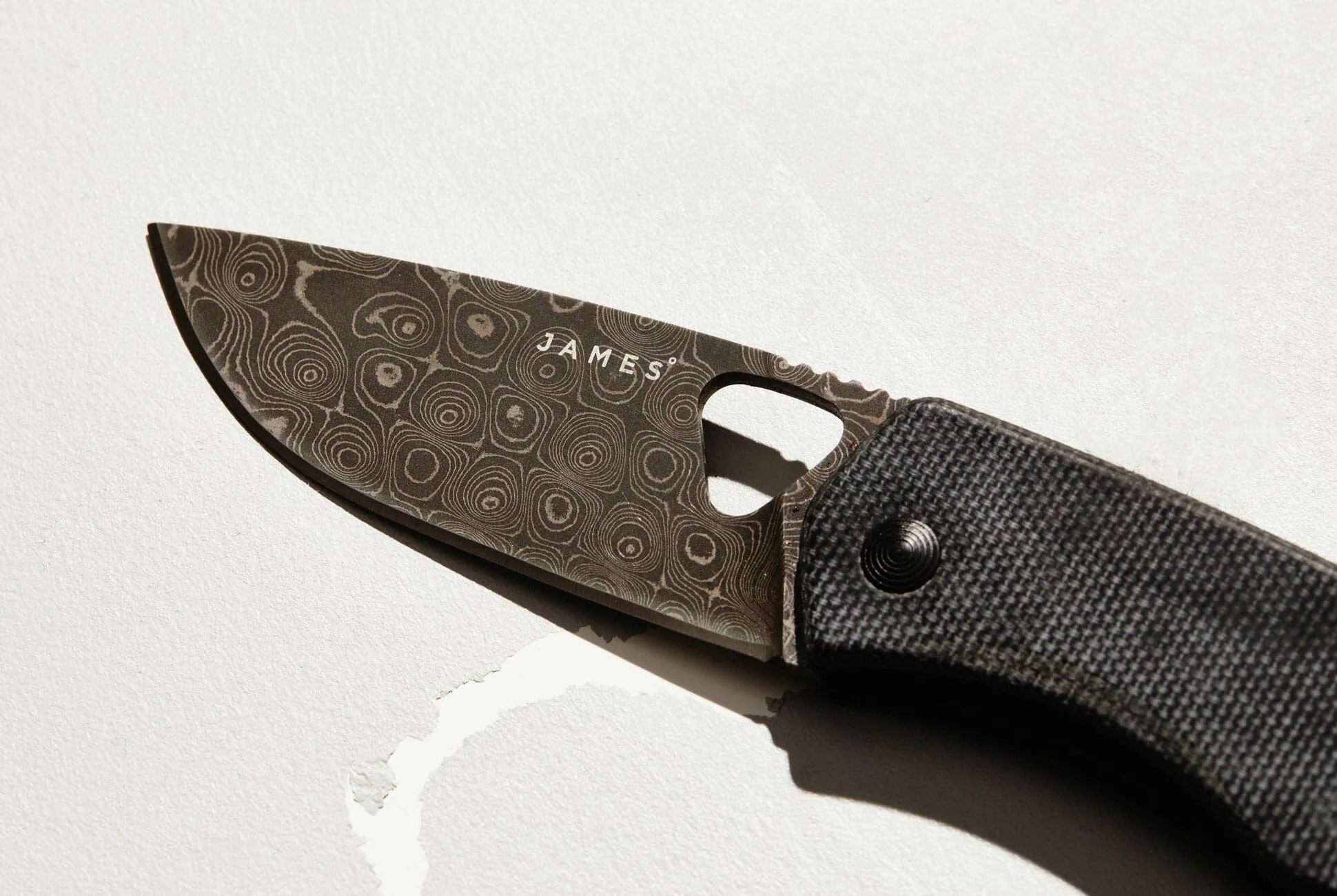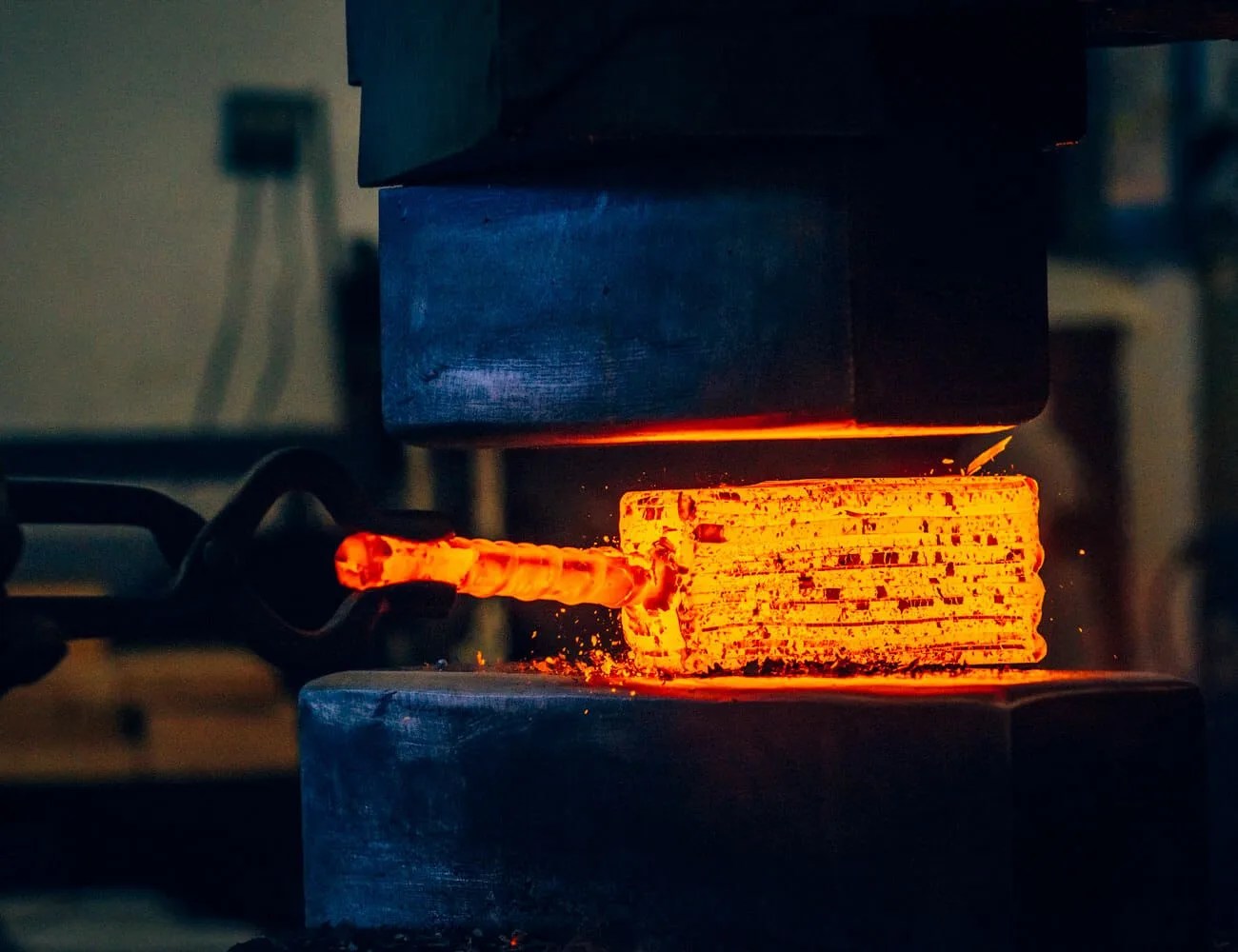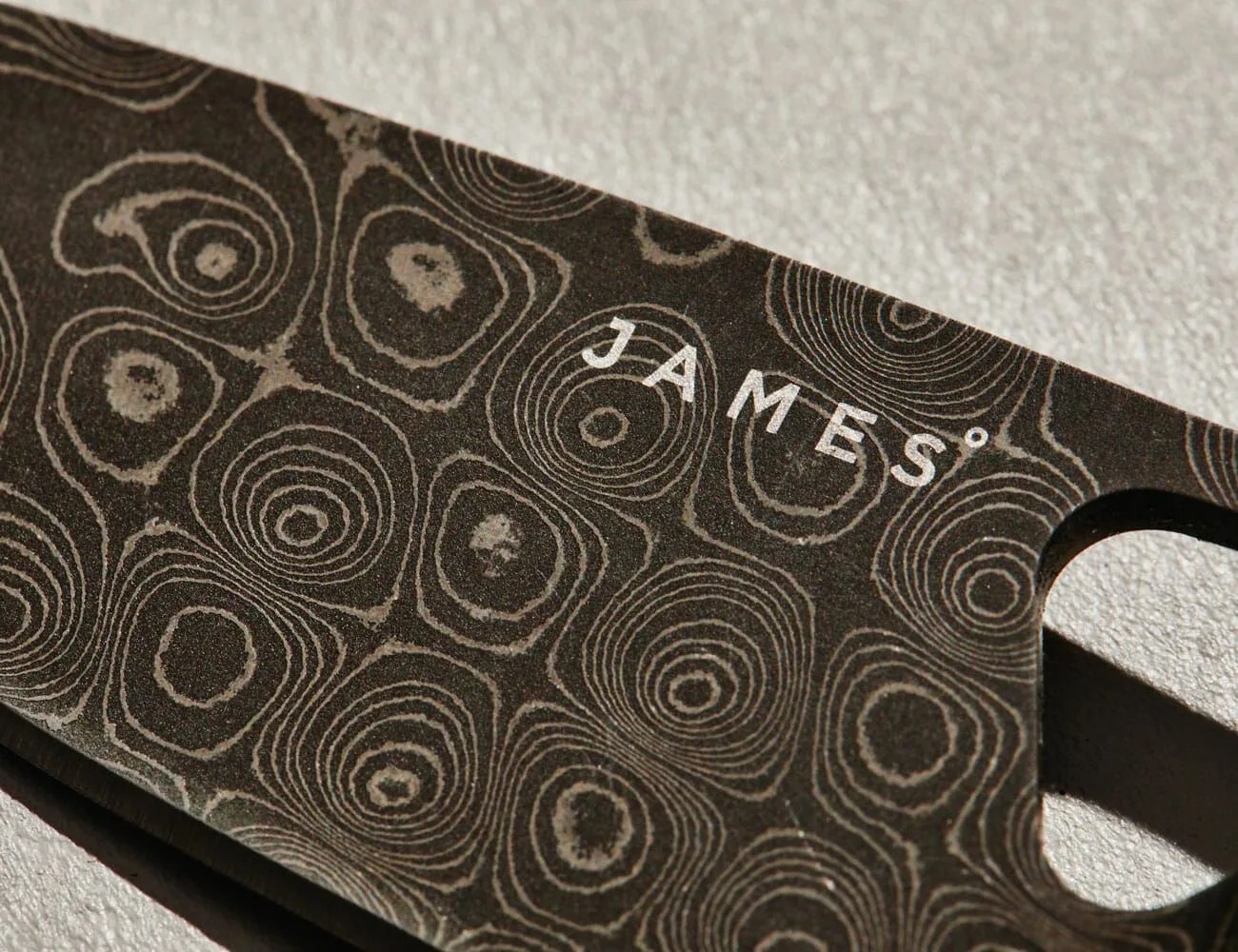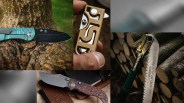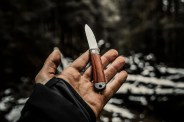If you happened to be reading the “Science Times” section of The New York Times on Tuesday, September 29, 1981, you might’ve learned that a centuries-old knife puzzle had been solved.
Along with a headline about carbohydrate cravings that could’ve been written today, the paper revealed the story of Damascus steel, a material that’s now well known among knife makers and owners, if not widespread. But before the late 20th century, Damascus was still the stuff of legends.
History of Damascus Steel
It was during the times of Alexander the Great — and later, the Crusades — that Damascus steel earned its mythical reputation. Middle Eastern blacksmiths used special steel imported from India called wootz to make weapons that were remarkably lightweight yet strong and characterized by a rippling appearance. Swords retained an edge through battle after battle, as if forged with magic.
We’ll never know how closely modern Damascus steel matches up to the ancient original.
It’s believed that the stuff inspired Valyrian steel, the rare White Walker-thwarting material from George R.R. Martin’s A Game of Thrones. In that 1996 novel, the method of making the steel was lost with the collapse of the Valyrian civilization.
Its real-world counterpart tracks a similar history; whether due to the replacement of swords by firearms or the depletion of the quarries where the raw material for wootz came from, or any other number of speculative theories, the practice of making authentic Damascus steel was lost.
